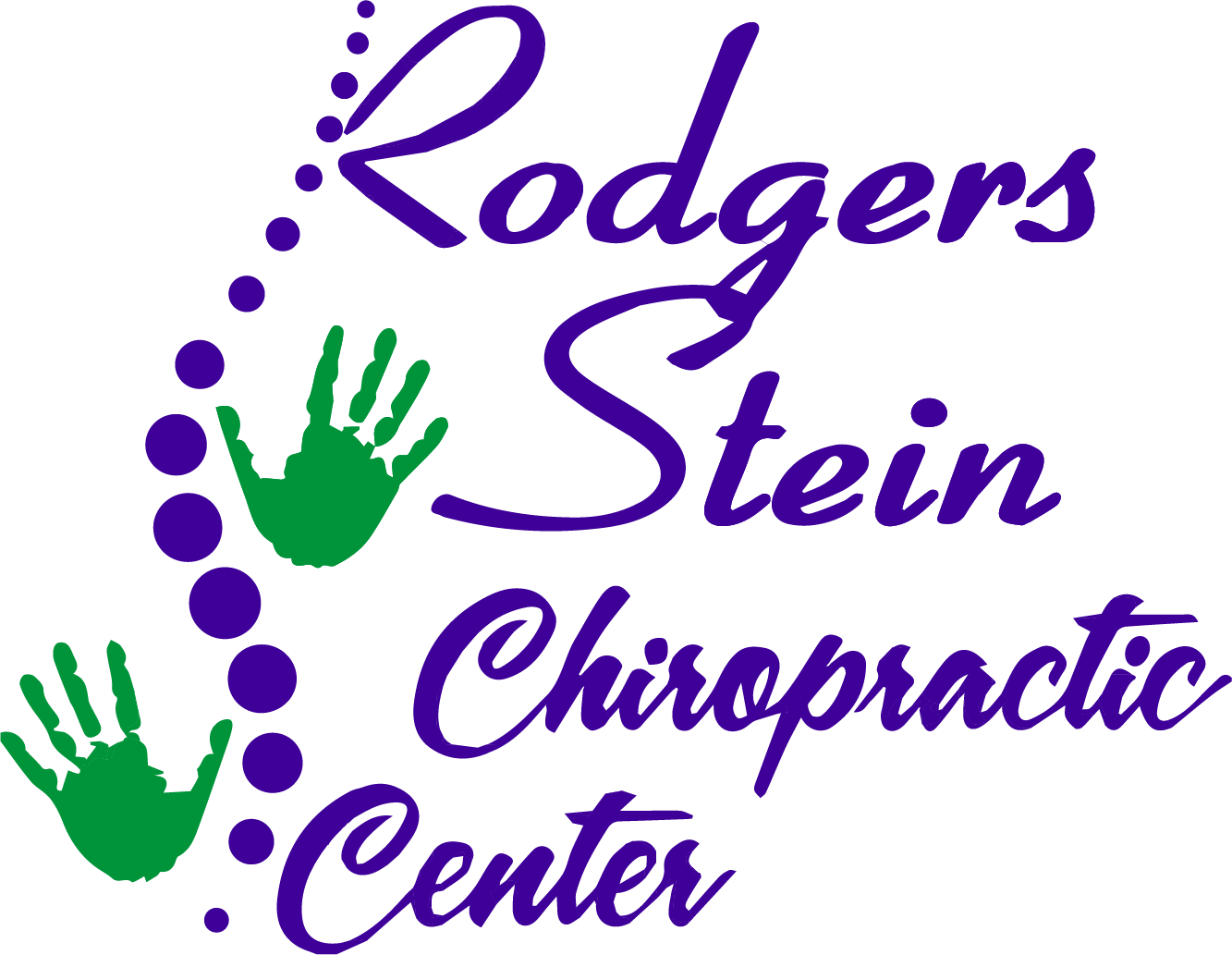As you explore the 2025 trends in fibromyalgia relief, you'll notice a shift toward alternative care methods that promise a more holistic approach to managing your symptoms. From acupuncture and herbal remedies to innovative physical therapy techniques, these emerging strategies are designed to empower you on your journey to better health. You'll find that mindfulness practices and community support are gaining traction, addressing not just physical pain but also the mental aspects of fibromyalgia. What might these trends mean for your personal experience with pain management, and how could they redefine your path to relief?
Rise of Acupuncture Therapy
In recent years, countless individuals have turned to acupuncture therapy as a promising option for fibromyalgia relief. This ancient practice, rooted in Traditional Chinese Medicine, focuses on balancing energy within your body by inserting fine needles into specific points. Many people suffering from fibromyalgia have reported significant improvements in their symptoms after undergoing acupuncture sessions.
You might be wondering how this therapy actually works. By targeting key acupuncture points, practitioners aim to stimulate the nervous system and promote the release of endorphins, which can help reduce pain and improve your overall sense of well-being. This approach often addresses the chronic pain, fatigue, and sleep disturbances that are common in fibromyalgia patients.
It's essential to choose a qualified acupuncturist who understands your specific needs. Many practitioners tailor their techniques based on your symptoms, which can enhance the effectiveness of the treatment. You'll likely find that sessions last about 30 to 60 minutes, during which you can relax and focus on your healing process.
While acupuncture isn't a guaranteed cure, many have found it to be a valuable part of their pain management strategy. It may even complement other treatments you're already utilizing.
As you explore this alternative therapy, keep an open mind and pay close attention to how your body responds. This holistic approach could be the key to finding relief from the persistent discomfort of fibromyalgia.
Mindfulness and Meditation Practices
Mindfulness and meditation practices have emerged as powerful tools for managing fibromyalgia symptoms. By incorporating these techniques into your daily routine, you can cultivate greater awareness of your body and mind, helping you to better cope with pain and stress.
Mindfulness encourages you to stay present, which can reduce anxiety and promote relaxation, leading to a decrease in the perception of pain.
Meditation, on the other hand, allows you to train your mind to focus and calm itself. Regular practice can help you develop resilience against fibromyalgia flare-ups. Techniques such as guided imagery or body scan meditations can enhance your ability to connect with your body, identifying areas of tension and discomfort. This heightened awareness can empower you to respond to pain more effectively.
You don't need lengthy sessions to reap the benefits. Even short, five to ten-minute meditation sessions can make a difference. You can start by finding a quiet space, closing your eyes, and focusing on your breath. If your mind wanders, gently redirect your focus back to your breath or your body sensations.
Incorporating mindfulness into everyday activities, like eating or walking, can further enhance your experience. By being fully present in these moments, you can reduce stress and improve your overall well-being.
In combination with other alternative therapies, mindfulness and meditation can play an essential role in managing fibromyalgia, helping you to find peace and relief amidst the challenges.
Nutritional Approaches to Relief
When it comes to managing fibromyalgia, what you eat can make a significant difference.
An anti-inflammatory diet can help reduce pain and inflammation, while certain supplements may provide additional relief.
Let's explore how these nutritional approaches can support your journey to feeling better.
Anti-Inflammatory Diet Benefits
An anti-inflammatory diet can be a powerful tool for managing fibromyalgia symptoms and improving overall well-being. By focusing on whole, nutrient-dense foods, you can help reduce inflammation in your body, which may alleviate pain and fatigue associated with fibromyalgia.
Incorporating plenty of fruits and vegetables, especially those rich in antioxidants, can support your immune system and promote healing. Opt for healthy fats like olive oil, avocados, and nuts, while minimizing processed foods, sugar, and trans fats. These changes can lead to reduced inflammation and better energy levels.
You might also consider including fatty fish, like salmon and mackerel, which are high in omega-3 fatty acids known for their anti-inflammatory properties.
Don't forget about whole grains and legumes, as they provide essential nutrients and fiber that can stabilize blood sugar levels, helping you maintain energy throughout the day.
Staying hydrated is equally important, so drink plenty of water and consider herbal teas that may offer additional health benefits.
Supplements for Pain Management
In addition to adopting an anti-inflammatory diet, many people with fibromyalgia find that certain supplements can further aid in pain management. Omega-3 fatty acids, commonly found in fish oil, have anti-inflammatory properties that may help reduce pain and improve overall well-being.
You might also consider magnesium supplements, as magnesium deficiency is often linked to increased pain sensitivity. Vitamin D is another vital nutrient; low levels can exacerbate fibromyalgia symptoms. Incorporating a vitamin D supplement could enhance your mood and alleviate discomfort.
Additionally, research suggests that coenzyme Q10 may improve energy levels and reduce fatigue in fibromyalgia patients. Turmeric, known for its active compound curcumin, may also provide relief due to its anti-inflammatory effects. You can easily include turmeric in your diet or take it in supplement form.
Lastly, don't overlook the potential benefits of probiotics. A healthy gut microbiome can positively influence your immune system and reduce inflammation.
Before starting any supplement regimen, it's important to consult with a healthcare professional to guarantee safety and effectiveness tailored to your specific needs.
Herbal Remedies on the Rise
As you explore options for fibromyalgia relief, you'll find that herbal remedies are gaining popularity among many seeking alternative care.
It's essential to evaluate which herbal options are most effective and their safety for your specific situation.
Let's take a closer look at the benefits these natural treatments might offer.
Popular Herbal Options
Many people are turning to herbal remedies to find relief from fibromyalgia symptoms. One popular option is turmeric, known for its anti-inflammatory properties, which may help reduce pain and improve mobility.
You might also consider ginger, another powerful anti-inflammatory that can ease muscle soreness and stiffness.
Another herb gaining attention is ashwagandha, an adaptogen that can support your body's stress response and promote relaxation. This can be particularly beneficial since stress often exacerbates fibromyalgia symptoms.
If you're looking for something to improve sleep quality, valerian root is worth exploring. This herb is commonly used to promote restful sleep, which is vital for managing fatigue associated with fibromyalgia.
You might also want to try peppermint, which can provide a soothing effect, helping to alleviate headaches and digestive issues that sometimes accompany fibromyalgia.
Lastly, St. John's Wort has been noted for its mood-lifting properties, potentially assisting with the emotional challenges that come with chronic pain.
Always consider consulting a healthcare professional before starting any new herbal regimen to guarantee it aligns with your overall health plan.
Safety and Efficacy
Herbal remedies are gaining popularity among those seeking relief from fibromyalgia, but understanding their safety and efficacy is vital. While many people report positive experiences with these alternatives, it's important to approach them thoughtfully.
Here are four key factors to take into account:
- Quality and Source: Always choose high-quality herbal products from reputable sources. Contaminants or incorrect dosages can lead to adverse effects.
- Interactions with Medications: Herbal remedies can interact with prescription medications, potentially altering their effectiveness or causing harmful side effects. Always consult with your healthcare provider before starting any new remedy.
- Individual Reactions: Everyone's body reacts differently to herbal treatments. What works for one person may not work for another, so it's important to monitor your body's responses.
- Scientific Evidence: While some herbs have shown promise in studies, others lack strong scientific backing. Researching the efficacy of specific remedies can help you make informed decisions.
Physical Therapy Innovations
Innovations in physical therapy are transforming how individuals manage fibromyalgia symptoms. New techniques and technologies are emerging, offering you a more personalized and effective approach to treatment.
One significant innovation is the use of virtual reality (VR) therapy, which immerses you in a controlled environment that can help reduce pain perception and improve your overall mood. This engaging experience allows you to practice relaxation techniques and mindful movements, making it an exciting addition to your therapy regimen.
Another breakthrough is the integration of telehealth services. You can now connect with physical therapists remotely, making it easier to access expert advice and support. This flexibility guarantees you stay consistent with your treatment, even when you're feeling fatigued or have mobility challenges.
Plus, telehealth can help you receive personalized exercise programs tailored to your specific needs, guaranteeing you get the most out of each session.
Additionally, manual therapy techniques like myofascial release and soft tissue mobilization are gaining popularity. These hands-on approaches can address muscle tension and improve your range of motion, providing immediate relief from discomfort.
Combining these techniques with education about self-management strategies empowers you to take control of your condition.
Lastly, advancements in wearable technology allow you to monitor your physical activity and pain levels in real time. This data can help you and your therapist make informed adjustments to your treatment plan, ultimately leading to better outcomes.
With these physical therapy innovations, you have more tools than ever to manage your fibromyalgia effectively.
Chiropractic Care Trends
Chiropractic care is evolving to better address fibromyalgia symptoms, offering new techniques that focus on holistic healing. As you seek relief, you might find that many chiropractors are adapting their practices to incorporate a broader understanding of fibromyalgia, emphasizing a whole-body approach. This shift can lead to personalized treatment plans that resonate with your specific needs.
Here are some current trends in chiropractic care that could notably impact your fibromyalgia management:
- Soft Tissue Therapy: Chiropractors are employing soft tissue techniques, like myofascial release, to target muscle tightness and pain, potentially reducing overall discomfort.
- Nutritional Guidance: Many practitioners are integrating nutritional counseling into their services, recognizing that diet can play an essential role in managing fibromyalgia symptoms. They may recommend anti-inflammatory foods to help alleviate pain.
- Mind-Body Connection: Chiropractors are increasingly acknowledging the impact of stress on fibromyalgia. Techniques such as guided imagery and meditation are being used to foster relaxation and reduce flare-ups.
- Personalized Exercise Plans: Understanding the importance of movement, chiropractors are designing tailored exercise regimens that consider your limitations and enhance mobility without exacerbating pain.
Importance of Sleep Hygiene
Sleep plays an essential role in managing fibromyalgia symptoms, making sleep hygiene an important aspect of your overall care plan. When you prioritize good sleep habits, you can appreciably improve your energy levels and reduce pain.
Start by establishing a consistent sleep schedule. Go to bed and wake up at the same time every day, even on weekends. This routine helps regulate your body's internal clock, promoting better sleep quality.
Creating a relaxing bedtime environment is also vital. Keep your bedroom cool, dark, and quiet. Consider using blackout curtains and white noise machines if necessary. Additionally, limit exposure to screens before bedtime, as the blue light emitted can interfere with your ability to fall asleep. Instead, engage in calming activities like reading or gentle stretching.
Be mindful of your pre-sleep habits. Avoid caffeine and heavy meals close to bedtime. Instead, opt for light snacks if you're hungry. Incorporating relaxation techniques, such as deep breathing or meditation, can also help you wind down and prepare for sleep.
Finally, don't underestimate the importance of physical activity. Regular exercise can improve sleep quality and reduce fibromyalgia symptoms. Just make sure to complete your workouts earlier in the day, as exercising too close to bedtime can have the opposite effect.
Community Support and Resources
Connecting with community support and resources can greatly enhance your journey in managing fibromyalgia.
It's vital to know you're not alone in this struggle. Finding the right support can provide you with valuable insights, emotional backing, and practical help.
Here are some resources you might consider exploring:
- Support Groups: Look for local or online fibromyalgia support groups. These spaces offer a platform to share experiences, coping strategies, and encouragement with others who truly understand what you're going through.
- Educational Workshops: Attend workshops or seminars focused on fibromyalgia. These can provide you with the latest research, treatment options, and self-care strategies, helping you feel empowered and informed.
- Local Community Centers: Many community centers offer programs specifically designed for chronic pain management. These might include yoga classes, meditation sessions, or art therapy, which can be beneficial in managing symptoms.
- Healthcare Provider Networks: Connect with healthcare providers who specialize in fibromyalgia management. They can guide you toward resources, treatments, and therapies tailored to your unique needs.
Integrative Health Models
As you seek support and resources for managing fibromyalgia, exploring integrative health models can offer a detailed approach to your care. Integrative health combines conventional medicine with alternative therapies, addressing not just the physical symptoms, but the emotional and mental aspects of your well-being. This holistic approach allows you to tailor your treatment plan to your unique needs.
Incorporating practices like acupuncture, massage therapy, and mindfulness can greatly enhance your quality of life. For instance, acupuncture may help reduce pain and improve sleep quality, while massage can relieve muscle tension and promote relaxation.
Mindfulness techniques, such as meditation and deep-breathing exercises, can assist in managing stress and anxiety, which often accompany fibromyalgia.
Additionally, collaborating with a team of healthcare professionals—including physicians, nutritionists, and mental health counselors—can provide a thorough care strategy. Your nutrition plays an essential role in managing symptoms, and a diet rich in anti-inflammatory foods may alleviate discomfort.
Don't overlook the power of community as part of your integrative model. Connecting with support groups, whether in-person or online, can provide encouragement and shared experiences that foster healing.
Ultimately, by combining various therapies and support systems, you can create a personalized care plan that addresses your fibromyalgia holistically. This integrative approach empowers you to take control of your health journey and work toward achieving a better quality of life.
Conclusion
As you explore these 2025 trends in fibromyalgia relief, remember that integrating alternative care approaches can empower you on your journey to better health. Embrace therapies like acupuncture and mindfulness, focus on nutrition, and consider innovative physical therapy options. Prioritizing sleep hygiene and connecting with community support can enhance your overall well-being. By taking a holistic approach, you can find relief and improve your quality of life, making each step toward wellness a little easier.



